Uncategorized
-
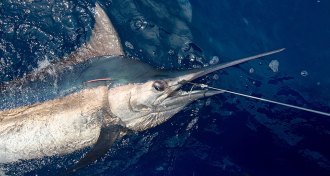 Animals
AnimalsMarine biologist chronicles a lifelong love of fishing
In A Naturalist Goes Fishing, a marine biologist takes readers on a round-the-world fishing expedition
By Sid Perkins -
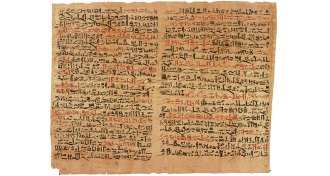 Humans
HumansAn amusing romp through word histories
From ak to wid, a new book makes etymology fun.
By Nathan Seppa -
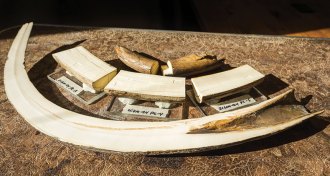 Paleontology
PaleontologyNew evidence weakens case against climate in woolly mammoths’ death
Hunters responsible for woolly mammoths’ extinction, suggests a chemical analysis of juveniles’ tusks.
By Meghan Rosen -
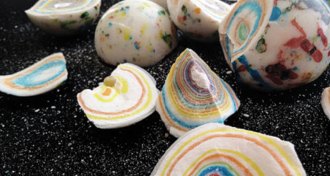 Chemistry
ChemistryNanoparticles in foods raise safety questions
As scientists cook up ways to improve palatability and even make foods healthier, some are considering the potential health risks of tiny additives.
By Susan Gaidos -
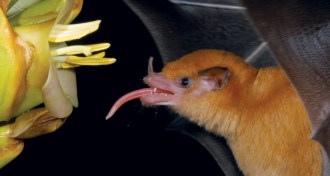 Animals
AnimalsHow to drink like a bat
Some bats stick out their tongues and throbs carry nectar to their mouths.
By Susan Milius -
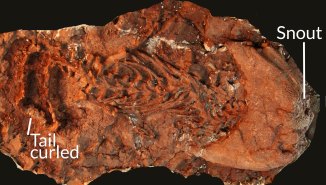 Paleontology
PaleontologyDimetrodon’s diet redetermined
The reptilelike Dimetrodon dined mainly on amphibians and sharks, not big herbivores as scientists once believed.
By Meghan Rosen -
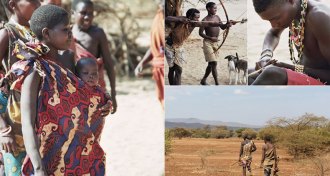 Anthropology
AnthropologySleep time in hunter-gatherer groups on low end of scale
Hunter-gatherer communities in Africa and South America have similar sleeping patterns as people living in postindustrial societies, researchers find.
-
 Plants
PlantsEarly cyanobacteria fossils dug up in 1965
In 1965, early photosynthetic plant fossils were discovered. The date of earliest oxygen-producing life forms has since been pushed much earlier.
-
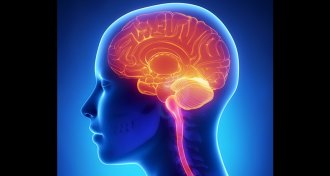 Neuroscience
NeuroscienceAdolescent brains open to change
Adolescent brains are still changing, a malleability that renders them particularly sensitive to the outside world.
-
 Humans
HumansU.S. is growing more genetically diverse
Young Americans are more genetically diverse than previous generations, a new DNA analysis reveals.
-
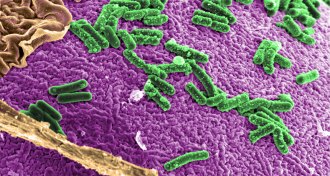 Genetics
GeneticsMicrobes may reveal colon cancer mutations
Certain microbial mixes are associated with particular DNA mutations in colon cancer, a new study suggests.
-
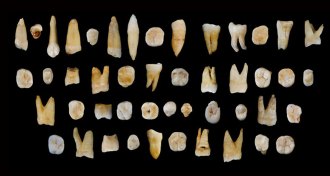 Anthropology
AnthropologyLong before going to Europe, humans ventured east to Asia
Cave finds indicate modern humans reached southern China long before entering Europe.
By Bruce Bower